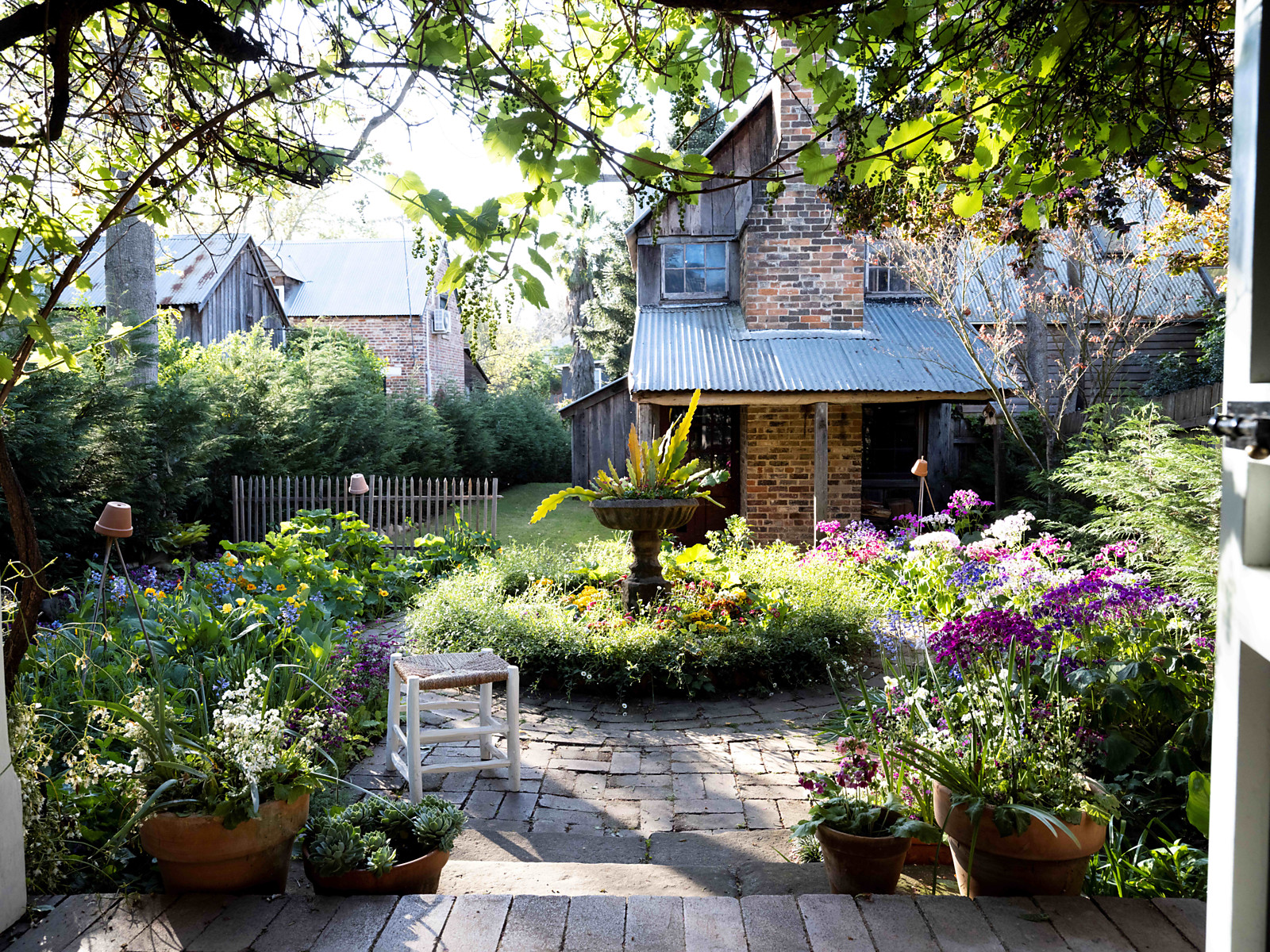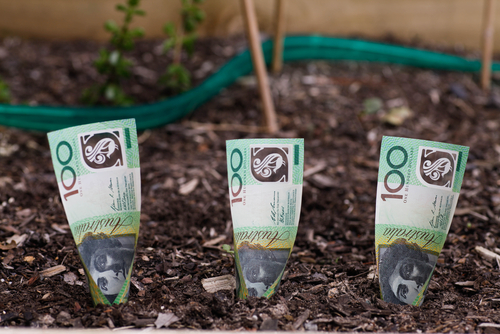China Unleashes Crackdown on ‘Pig Butchering.’ (It Isn’t What You Think.)
Beijing is going after scam mills that operate out of secretive, dystopian compounds and swindle people worldwide
It’s called “pig butchering.”
Armies of scammers operating from lawless corners of Southeast Asia—often controlled by Chinese crime bosses—connect with people all over the world through online messages. They foster elaborate, sometimes romantic, relationships, and then coax their targets into making bogus investments. Over time, they make it appear that the investments are growing to get victims to send more money. Then, they disappear.
In recent months, China has unleashed its most aggressive effort to crack down on the proliferation of the scam mills, reaching beyond its territory and netting thousands of people in mass arrests. Its main target is a notorious stretch of its border with Myanmar controlled by narcotics traffickers and warlords.
For decades, frontier fiefdoms such as those in Myanmar have been havens for gambling and trafficking of everything from drugs to wildlife to people. Now, they are dens for pig-butchering operations.
The scammers operate out of secretive, dystopian compounds, many of which are run by Chinese fugitives who fled their country to places where it was easier to flout the law. They cheat Chinese citizens out of billions of dollars each year, as well as victims across the globe. The U.S. Treasury Department in September warned Americans about the scams.
In addition to remote hillside towns in Myanmar, these heavily guarded enclaves are also found in gambling hubs such as Cambodia’s Sihanoukville and Poipet. Cambodian authorities have carried out sporadic raids with China’s help, but the problem has persisted.
For Beijing, it is a significant source of embarrassment that Chinese criminals are at the centre of scams ensnaring people the world over, said Jason Tower, Myanmar country director for the United States Institute of Peace, an independent research organisation founded by the U.S. Congress that specialises in conflict mitigation.
China is “quite sensitive to the narratives that could potentially emerge,” he said. “These are largely Chinese crime groups which China, for years, did very little to check.”
The operations flourished during the Covid-19 pandemic when border trade stopped and internet use surged. They have also fuelled a human-trafficking crisis.
Many of the scammers entrapping people are themselves victims of human trafficking, lured abroad by fake job ads and held captive by withholding pay and passports. The United Nations human-rights office says more than 120,000 people may be forced to work as scammers in Myanmar, with another 100,000 in Cambodia.
One Malaysian trafficking victim told The Wall Street Journal that he was trained to spend weeks or months “fattening” his victims by gaining their trust before “butchering” them. His story was similar to those told by others lured into working in the scam mills. After responding to an ad on a job-recruitment website, he said he accepted an offer for a customer-service role in Cambodia. Once there, he was driven to a prison-like complex in Sihanoukville and forced to work as a scammer under threats of violence.
He said he had a handler who trained him, supplying him with a smartphone preloaded with fake social-media accounts, a “victim list” containing contact information of potential targets and various scripts designed to break the ice and build their trust. After several weeks, he said he convinced a driver who brought people and supplies to the compound to help him escape.
Regional migration researchers have documented trafficking from dozens of countries. Many victims come from Southeast Asia but some from as far as Brazil and Kenya.
“China is starting to signal that enough is enough,” said Inshik Sim, a Bangkok-based lead analyst for the U.N. Office on Drugs and Crime’s regional operations.
In August, China launched a “special joint operation” with three nearby countries and increased pressure on armed groups that oversee remote parts of Myanmar, convincing them to hunt down, round up and repatriate almost 5,000 Chinese nationals suspected of illicit activity.
Chinese authorities have zeroed in on several border areas that are part of Myanmar but are fully controlled by armed groups. These places have often drawn large investments from Chinese nationals—both legal and illicit. Many Chinese people, including notorious fugitives, live in these enclaves, where the Mandarin language and Chinese currency are commonplace.
The Wa Self-Administered Division, located along China’s southwestern border, is of particular interest to China, in part because Beijing has so much leverage over it. The area is home to the ethnic minority Wa people, who claim the territory as their ancestral home. China has been the group’s main benefactor for decades; historians say they helped the Chinese Communist Party flush out enemies who fled across the border in the 1950s and ’60s. The area later became a major economic gateway to resource-rich Myanmar.
Independent researchers say its de facto leadership, the United Wa State Army, commands a force of more than 20,000 people armed with modern Chinese equipment such as portable surface-to-air missiles and armoured vehicles.
The area has been a major source of opium for almost two centuries, and in recent decades has become a leading producer of synthetic drugs such as methamphetamine. The U.S. Treasury blacklisted the UWSA in 2003 under the Kingpin Act, and has sanctioned dozens of people and businesses linked to the group, calling it “the largest and most powerful drug trafficking organisation in Southeast Asia.”
The UWSA and other criminal networks have increasingly turned to scamming in addition to the drug trade.
According to a 2022 report in Chinese state media, authorities blocked 2.1 million fraudulent websites and some $51.6 billion in suspicious transactions over the previous year. Beijing has warned citizens to look out for dubious rebate offers, investment schemes and unsolicited contact from anyone claiming to represent a company or law enforcement.
The first sign of a serious cleanup came in early September, when China worked with the UWSA to orchestrate two days of raids that ended with more than 1,000 suspects being marched across the border into Chinese custody. Then China upped the ante, taking aim at the group’s leadership.
On Oct. 12, China’s Ministry of Public Security said arrest warrants had been issued for two senior Wa officials accused of leading scam networks: the state’s construction minister Chen Yanban and a mayor named Xiao Yankui. Four days later, the UWSA said both had been stripped of their roles. Their whereabouts is unknown.
The same day, Chinese authorities said they had transferred 2,349 “telecommunication fraud” suspects from Myanmar two days prior—the single largest such handover. China says 4,666 suspects have been repatriated from Myanmar since the crackdown began earlier this year.
“This is by any measure a major operation, which speaks to the impact on China and Chinese citizens, and the seriousness with which Beijing is approaching this,” said Richard Horsey, senior adviser on Myanmar for the International Crisis Group, a Brussels-based think tank specializing in conflict prevention.
While China may be turning up the heat on cybercriminals along its border, experts say scamming is so lucrative that the ringleaders are likely to simply look for more fertile ground—areas in weak states where law enforcement is lax.
“These groups are not going to go away easily,” said Tower, of the U.S. Institute of Peace. “They’re sitting on a massive source of capital and there are many fragile places in the world that they’ll be able to exploit.”
 Copyright 2020, Dow Jones & Company, Inc. All Rights Reserved Worldwide. LEARN MORE
Copyright 2020, Dow Jones & Company, Inc. All Rights Reserved Worldwide. LEARN MORE
This stylish family home combines a classic palette and finishes with a flexible floorplan
Just 55 minutes from Sydney, make this your creative getaway located in the majestic Hawkesbury region.
Continued stagflation and cost of living pressures are causing couples to think twice about starting a family, new data has revealed, with long term impacts expected
Australia is in the midst of a ‘baby recession’ with preliminary estimates showing the number of births in 2023 fell by more than four percent to the lowest level since 2006, according to KPMG. The consultancy firm says this reflects the impact of cost-of-living pressures on the feasibility of younger Australians starting a family.
KPMG estimates that 289,100 babies were born in 2023. This compares to 300,684 babies in 2022 and 309,996 in 2021, according to the Australian Bureau of Statistics (ABS). KPMG urban economist Terry Rawnsley said weak economic growth often leads to a reduced number of births. In 2023, ABS data shows gross domestic product (GDP) fell to 1.5 percent. Despite the population growing by 2.5 percent in 2023, GDP on a per capita basis went into negative territory, down one percent over the 12 months.
“Birth rates provide insight into long-term population growth as well as the current confidence of Australian families,” said Mr Rawnsley. “We haven’t seen such a sharp drop in births in Australia since the period of economic stagflation in the 1970s, which coincided with the initial widespread adoption of the contraceptive pill.”
Mr Rawnsley said many Australian couples delayed starting a family while the pandemic played out in 2020. The number of births fell from 305,832 in 2019 to 294,369 in 2020. Then in 2021, strong employment and vast amounts of stimulus money, along with high household savings due to lockdowns, gave couples better financial means to have a baby. This led to a rebound in births.
However, the re-opening of the global economy in 2022 led to soaring inflation. By the start of 2023, the Australian consumer price index (CPI) had risen to its highest level since 1990 at 7.8 percent per annum. By that stage, the Reserve Bank had already commenced an aggressive rate-hiking strategy to fight inflation and had raised the cash rate every month between May and December 2022.
Five more rate hikes during 2023 put further pressure on couples with mortgages and put the brakes on family formation. “This combination of the pandemic and rapid economic changes explains the spike and subsequent sharp decline in birth rates we have observed over the past four years,” Mr Rawnsley said.
The impact of high costs of living on couples’ decision to have a baby is highlighted in births data for the capital cities. KPMG estimates there were 60,860 births in Sydney in 2023, down 8.6 percent from 2019. There were 56,270 births in Melbourne, down 7.3 percent. In Perth, there were 25,020 births, down 6 percent, while in Brisbane there were 30,250 births, down 4.3 percent. Canberra was the only capital city where there was no fall in the number of births in 2023 compared to 2019.
“CPI growth in Canberra has been slightly subdued compared to that in other major cities, and the economic outlook has remained strong,” Mr Rawnsley said. “This means families have not been hurting as much as those in other capital cities, and in turn, we’ve seen a stabilisation of births in the ACT.”
This stylish family home combines a classic palette and finishes with a flexible floorplan
Just 55 minutes from Sydney, make this your creative getaway located in the majestic Hawkesbury region.






















